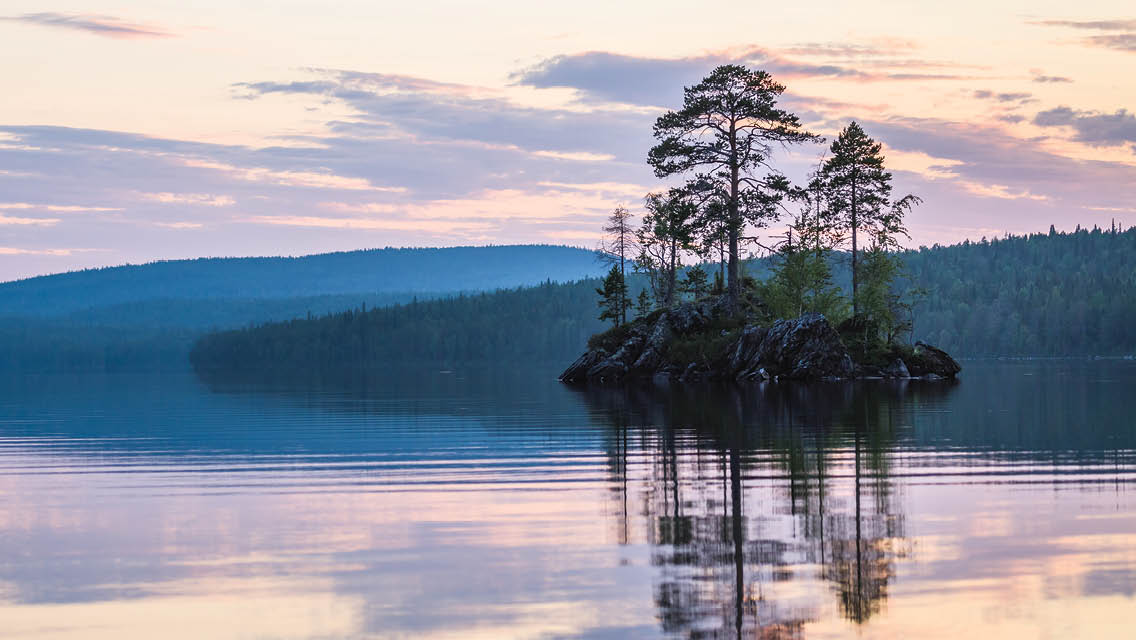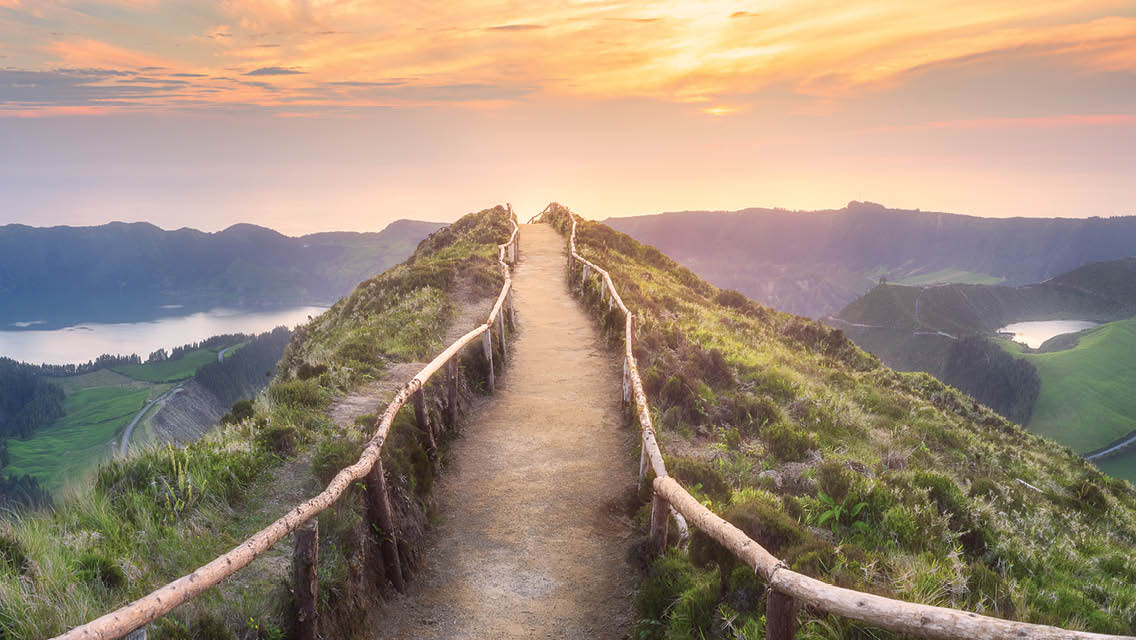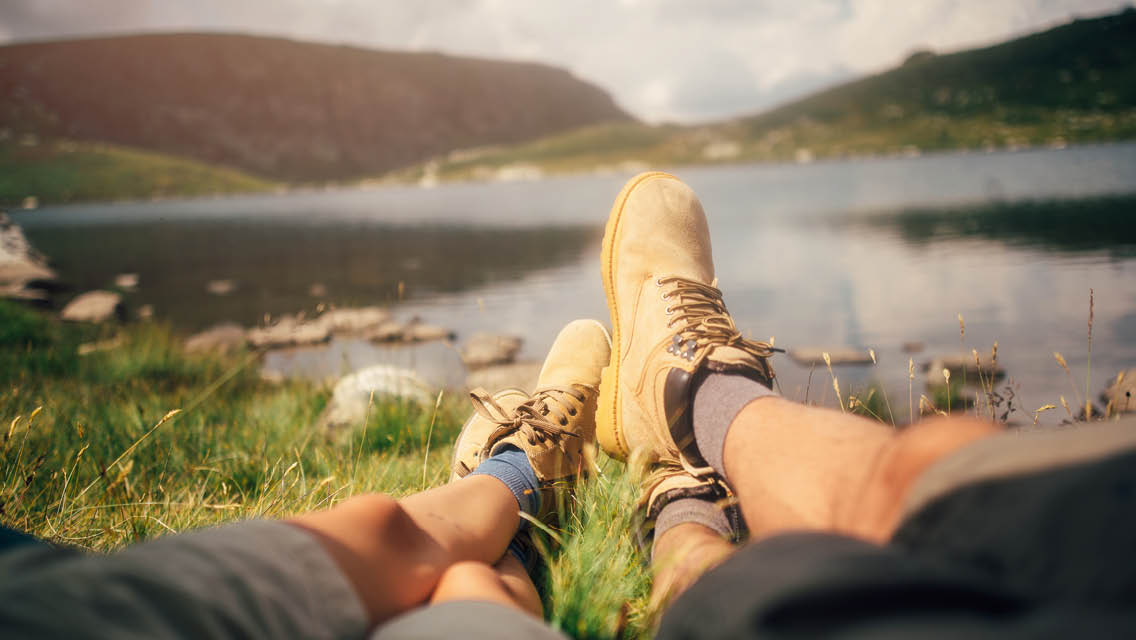Waking up in Minnesota’s Boundary Waters Canoe Area Wilderness involves anticipation. I may be cold and stiff, but I know that as soon as I squirm back into my dirty clothes and unzip the tent, something noteworthy will be waiting outside.
It might be an osprey dropping from the sky to catch a fish. It might be a haze of steam rising from the lake in dawn’s half-light. It might be a moose and her calf swimming from one shore to the other.
Or it might be a 10-pound block of American cheese.
The one I found was peeking out of the dirt between the roots of a downed tree, perhaps buried there by an exhausted camp counselor sick of portaging it.
A downed tree has better things to do — feed microbes, grow mushrooms, shelter grouse — than try to digest cheese and its plastic wrapper, so the block had to come with me. Finders keepers.
Part of the honor code of backcountry camping means adhering to a Leave No Trace (LNT) ethic to minimize the human impact on the outdoors. That cheese is the most memorable trace my spouse and I have come across in our years in the wilderness. It’s also the heaviest one we’ve ever packed out.
Leaving no trace takes effort, but it’s the price of admission to wild spaces. If we want to keep them habitable for the creatures and plants that live there, and hope to ensure their continued existence for all, then we need to pay attention to our own impact.
The Seven Principles of Leave No Trace
1. Plan Ahead and Prepare
It’s easy to be lulled by romantic images of the outdoors, but wild spaces are unpredictable. Most rangers can recount hair-raising stories about campers who put themselves at risk because they were unprepared for the conditions they faced.
When you plan a trip, be realistic about your experience level and capacity. And remember that the best trip is the one you can enjoy without harming anyone, including the wilderness. Some basics:
- Study the weather forecast — and prepare for it to change.
- Expect electronics to fail: Bring a paper map and compass.
- Arrive early in the day so you have time to set up camp before dark to minimize your impact. Bring a sturdy tent or hammock and avoid using natural resources for shelter.
- Carry gear for extreme weather, including extra food and fuel in case you get waylaid.
2. Travel and Camp on Durable Surfaces
Stick to trails to help protect the land and wildlife around you. When you need a little off-trail privacy to relieve yourself, choose a spot with less vegetation or that’s already trampled. Same goes for pitching your tent: Find a well-used spot or a sturdy surface with low to no vegetation.
The most durable surfaces include rock, sand, gravel, ice, and snow, as well as hardy vegetation like dry grasses. On desert trips, watch for cryptobiotic crust, or “living soil.” It contains microbes that retain moisture and prevent erosion; it takes decades to rebuild. If you must cross it, “tiptoe on the crypto.”
3. Dispose of Waste Properly
If you pack it in, pack it out. To reduce trash, remove store packaging and repack your food in silicone pouches before you go. Portion food to avoid leftovers. Don’t burn trash in the wild; it won’t degrade fully and may release toxins. Inspect your campsite for random twist ties, fishing line, or blocks of cheese. Even if they weren’t yours, they are now. That’s the LNT way.
Human solid waste can contaminate water sources, so in the absence of a latrine, burying it in a “cat hole” is your best option: Pack a garden trowel and dig a hole 6 to 8 inches deep at least 200 feet (about 70 steps) from water. If you’re traveling in the desert or a narrow river canyon, you may need to pack out human waste. It’s the price of paradise.
4. Leave What You Find
It’s tempting to bring home souvenirs, but the wilderness needs its stuff. Songbirds use twigs to make nests. Rocks protect shorelines from erosion. Flowers provide nectar for pollinators. Try taking a photo or sketching an image of something that catches your eye rather than pocketing it.
You’ll also want to leave things as you found them. Dismantle any firewood stacks or rings when leaving camp. Avoid digging trenches around tents. Never cut down a live tree for firewood or shelter. And if you’re lucky enough to discover some cultural artifacts on public lands, say a word of thanks and move on without them.
5. Minimize Campfire Impacts
Camping can feel synonymous with campfires. Yet the advent of lightweight camp stoves has made fires largely unnecessary, which is a good thing, given the growing risk of wildfires. The best way to reduce the impact of campfires is not to start them: Use a stove for cooking and solar lanterns for light. This also eliminates the need for firewood — one more way to minimize your impact.
If you decide to have a fire for warmth, LNT offers these best practices:
- Gather firewood only where it’s abundant, and use only dead or downed wood with a diameter no larger than your wrist.
- Build within an existing fire ring or grate.
- Keep fires small and burn them entirely to ash.
- Douse and stir embers to ensure they’re extinguished.
6. Respect Wildlife
One of the great gifts of exploring the wilderness is the chance to witness wild species in their element, and the best way to return the favor is to give them space. Pitch your tent at least 200 feet (about 70 steps) away from water to ensure that animals can maintain access for drinking. Carry binoculars so you can get a closer look without approaching.
And keep a respectful silence — except in bear country, where talking or singing prevents you from surprising any bears and provoking a defensive response.
7. Be Considerate of Others
Most of us go to remote places to connect with nature, not other people. When you do encounter humans, use the same rule of thumb as you do for other critters: Observe a respectful distance.
Remember that noise travels great distances in open spaces. My brother-in-law once read a chapter of a Harry Potter book to his daughters in a canyon campsite; an unseen group across the river clapped when he was finished. Keep your voice low and avoid shouting to other group members on the trail, in camp, and on the water.
Finally, unless you’re hiking or camping during hunting season, do your best to blend in with your surroundings by avoiding brightly colored clothes or tents. Stick with earth-tone colors to keep the visual disruption to a minimum. This is your chance to be a part of nature. Embrace it.
How to Leave No Trace in the 21st Century
Social media and modern climate change have emerged since the Leave No Trace principles were introduced. Both generate new concerns for wilderness visitors and have prompted some to suggest the following:
Think before you post. Sharing gorgeous pictures of outdoor adventures is fun, and it can be a powerful way to inspire concern for wild spaces. Yet posting images with specific locations can also lead to more traffic than the land can handle. The Forest Service reduced the number of permits to visit the Boundary Waters in 2022 by 13 percent after 2020 saw the highest number of visitors in a decade.
While some argue that restricting access and concealing locations reinforce a privileged access to the wilderness, the fact remains that the land itself has limits. Avoid geotagging. Consider tagging the state or region in your posts rather than a specific location. Inspired viewers can still do their research and find their way, and the land will be less stressed.
Leave tech at home. Drones are banned from all areas under National Park Service jurisdiction, and for good reason. A recent Colorado State University study found that any outdoor recreation, even hiking, in protected areas reduces species reproduction and survival rates in local wildlife. Traveling quietly — without speakers or drones — is an easy way to limit this negative impact.
Give back. An ethical relationship with the wilderness is a reciprocal one. Consider volunteering to do trail maintenance or restoration projects. You can find a state-by-state list of advocacy organizations that accept volunteers via the Access Fund. You might also consider donating to conservation organizations. Their tireless work is one of the main reasons wild lands still exist.
This article originally appeared as “Outdoor Ethics” in the July/August 2022 issue of Experience Life.





This Post Has 0 Comments